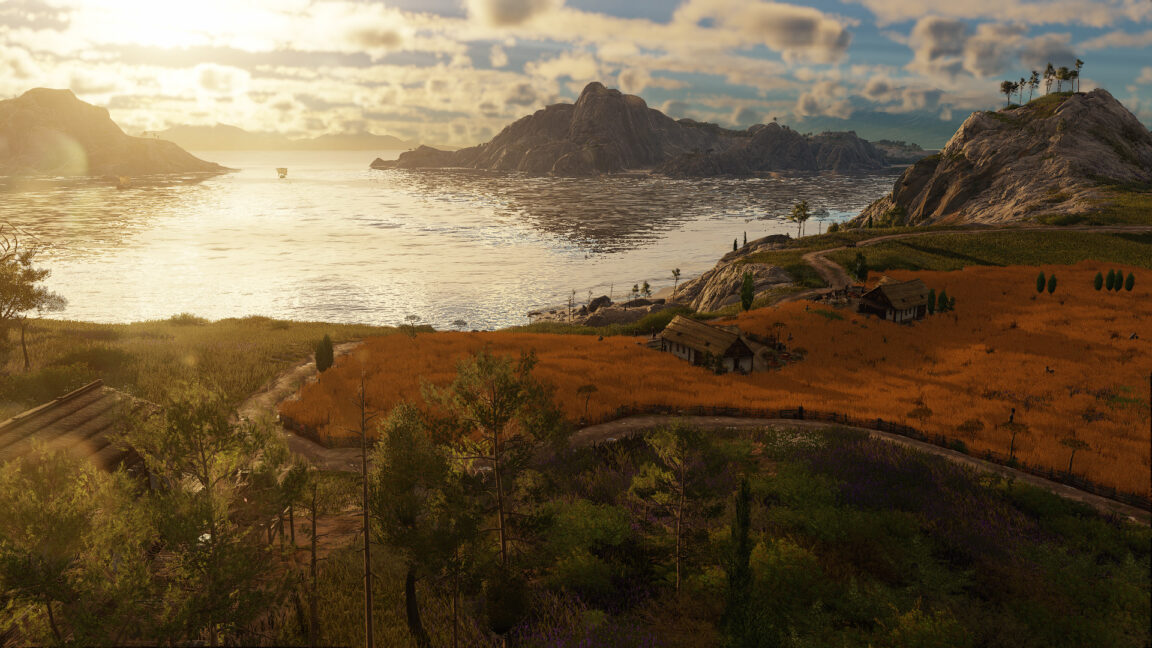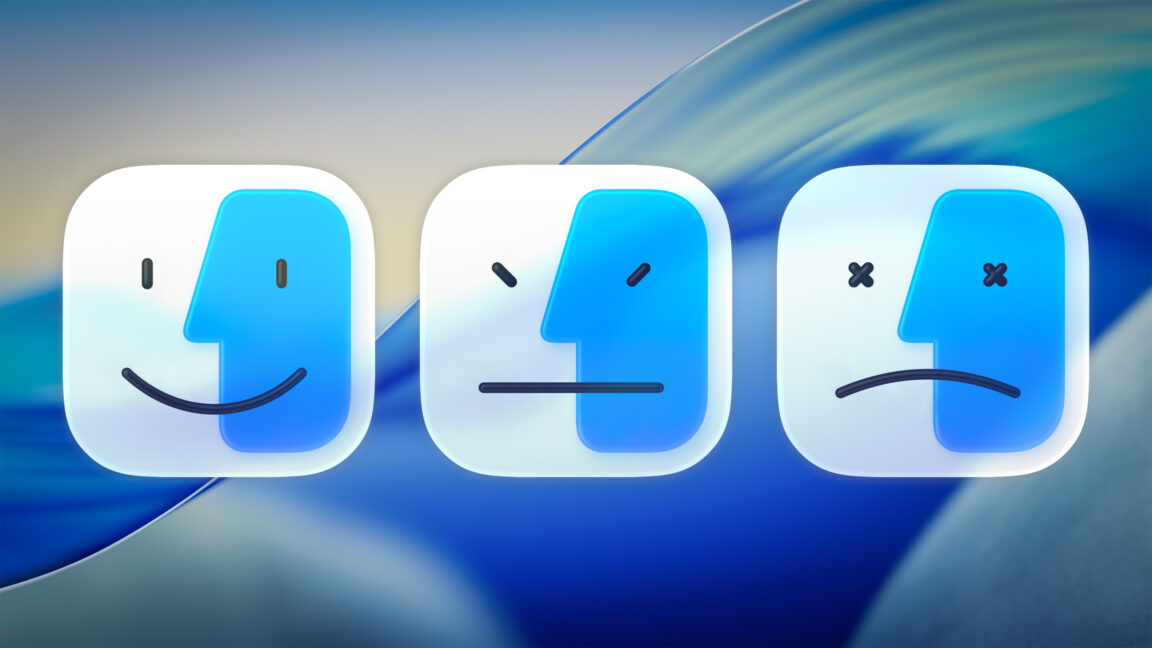New body size database for marine animals is a “library of life”
Marine Organizational Body Size (MOBS) database fills a crucial gap in understanding ocean biodiversity.

Legend has it that physicist Ernest Rutherford once dismissed all sciences other than physics as mere "stamp collecting." (Whether he actually said it is a matter of some debate.) But we now live in the information age, and scientists have found tremendous value in amassing giant databases of information for large-scale analysis, enabling them to explore different kinds of questions.
The latest addition is the Marine Organizational Body Size (MOBS) database, an open-access resource that—as its name implies—has collected body size data for more than 85,000 marine animal species and counting, ranging from microscopic creatures like zooplankton to the largest whales. MOBS is already enabling new research on the ocean's biodiversity and global ecosystem, according to a paper published in the journal Global Ecology and Biogeography. The database is now available though GitHub and currently covers 40 percent of all described marine animal species, with a goal of achieving 75 percent coverage.
"We've really lacked that broader persecutive for a lot of ocean life," marine ecologist Craig McClain of the University of Louisiana at Lafayette told Ars. McClain is the lead creator of MOBS. "We know about evolution and ecology for mammals and birds especially, and to a lesser extent reptiles and amphibians. We just haven't had these big collated body size data sets for the marine groups, especially the invertebrates." The MOBS project is basically constructing a "library of [marine] life."





















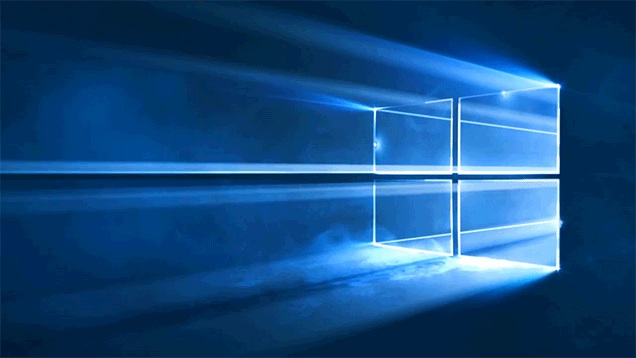




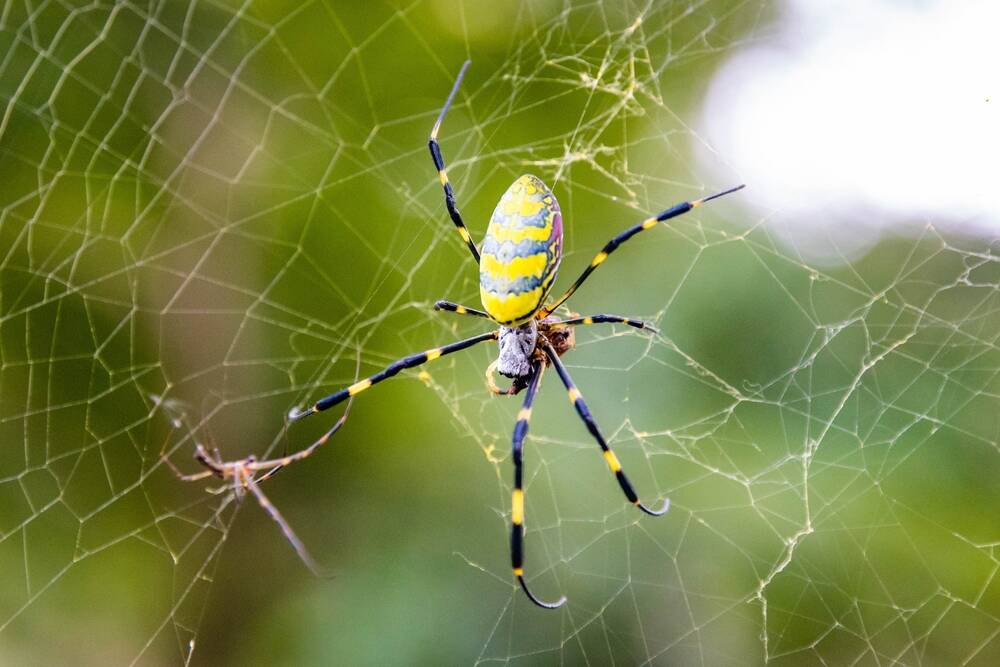
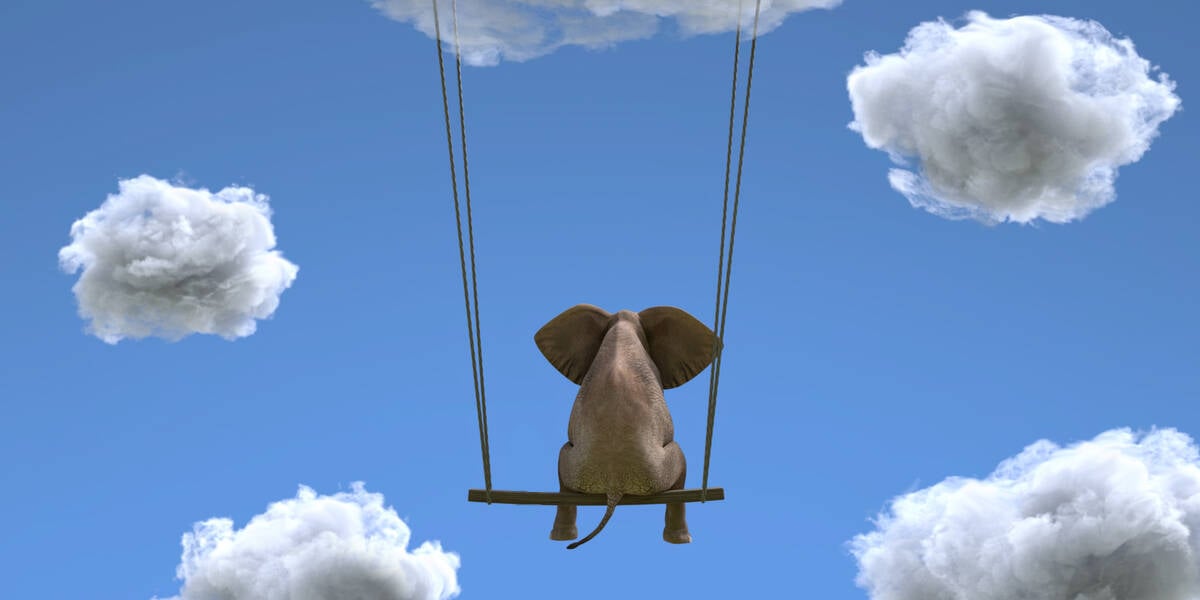














































































































































![[The AI Show Episode 154]: AI Answers: The Future of AI Agents at Work, Building an AI Roadmap, Choosing the Right Tools, & Responsible AI Use](https://www.marketingaiinstitute.com/hubfs/ep%20154%20cover.png)
![[The AI Show Episode 153]: OpenAI Releases o3-Pro, Disney Sues Midjourney, Altman: “Gentle Singularity” Is Here, AI and Jobs & News Sites Getting Crushed by AI Search](https://www.marketingaiinstitute.com/hubfs/ep%20153%20cover.png)

























































































































![[FREE EBOOKS] The Chief AI Officer’s Handbook, Natural Language Processing with Python & Four More Best Selling Titles](https://www.javacodegeeks.com/wp-content/uploads/2012/12/jcg-logo.jpg)









































































![GrandChase tier list of the best characters available [June 2025]](https://media.pocketgamer.com/artwork/na-33057-1637756796/grandchase-ios-android-3rd-anniversary.jpg?#)




































































_Frank_Peters_Alamy.jpg?width=1280&auto=webp&quality=80&disable=upscale#)


















































































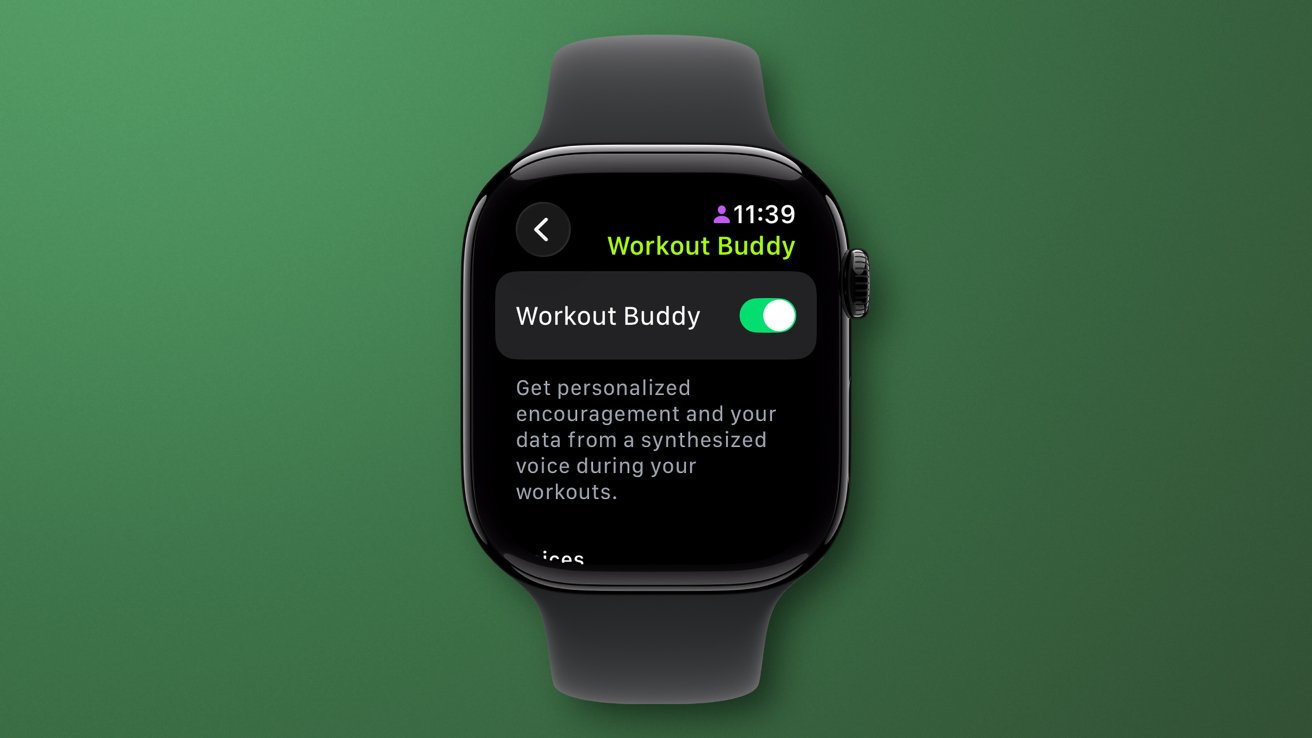


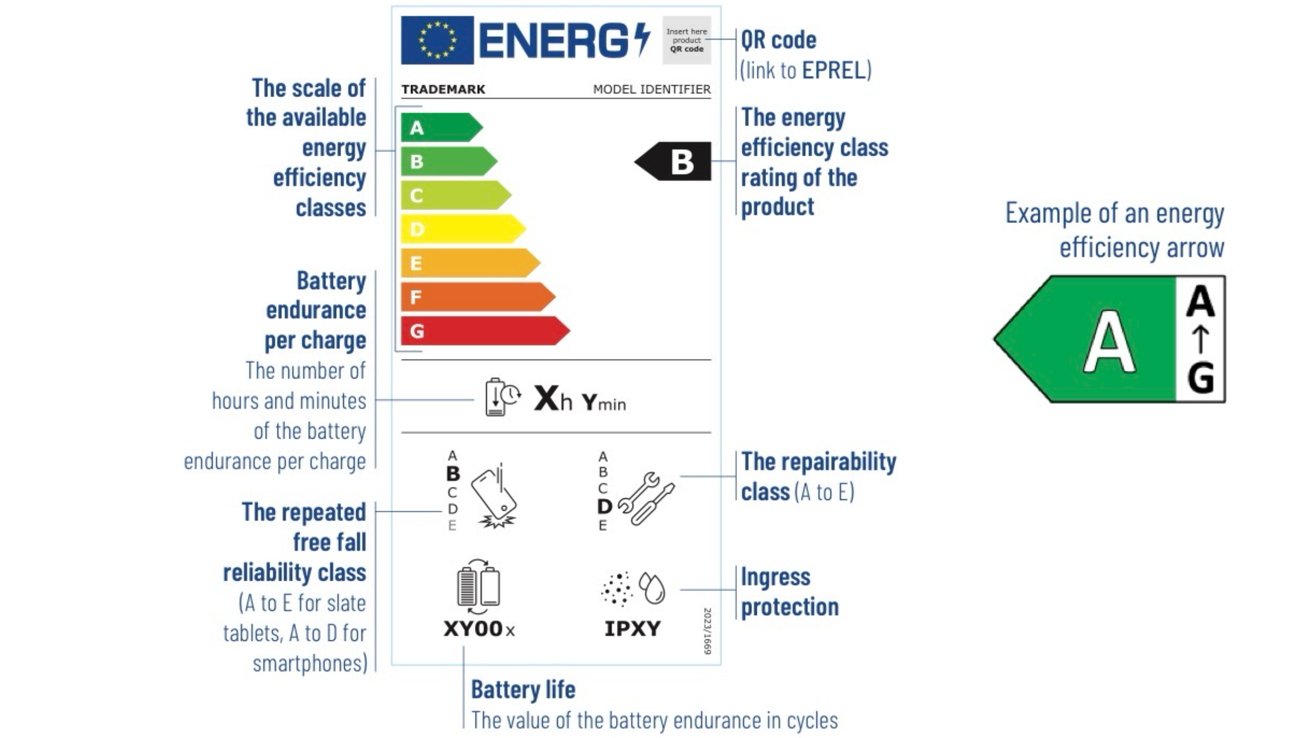









![Apple tells students ‘how to convince your parents to get you a Mac’ [Update: Removed]](https://i0.wp.com/9to5mac.com/wp-content/uploads/sites/6/2025/06/screenshot-2025-06-20-at-09.14.21.jpg?resize=1200%2C628&quality=82&strip=all&ssl=1)















![Apple Weighs Acquisition of AI Startup Perplexity in Internal Talks [Report]](https://www.iclarified.com/images/news/97674/97674/97674-640.jpg)
![Oakley and Meta Launch Smart Glasses for Athletes With AI, 3K Camera, More [Video]](https://www.iclarified.com/images/news/97665/97665/97665-640.jpg)

![How to Get Your Parents to Buy You a Mac, According to Apple [Video]](https://www.iclarified.com/images/news/97671/97671/97671-640.jpg)






















![New accessibility settings announced for Steam Big Picture Mode and SteamOS [Beta]](https://www.ghacks.net/wp-content/uploads/2025/06/New-accessibility-settings-announced-for-Steam-Big-Picture-Mode-and-SteamOS.jpg)












































